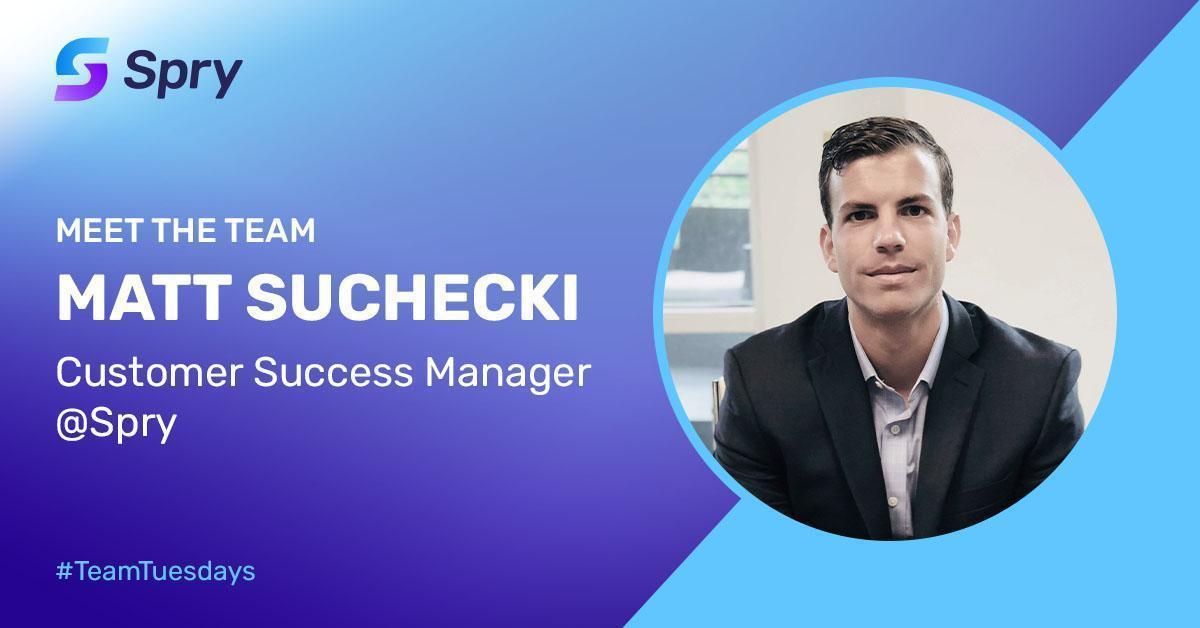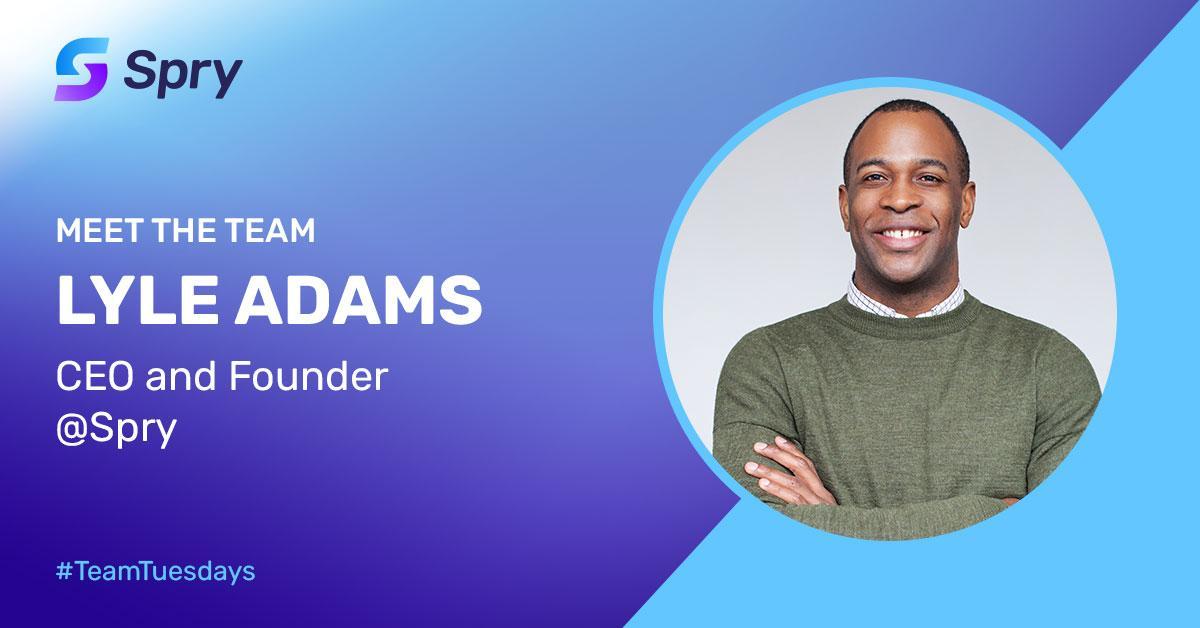Insights
Institutional Conflicts: What are they and how can institutions prepare for the incoming NIL changes?

While institutions wait to see if there will be any federal legislation or NCAA guidance that will yield uniform NIL requirements across all states, schools should start to prepare for the immediate future. One of the topics that has been widely discussed and is specifically addressed in most NIL legislation at the state-level is the concept of institutional conflicts, which can arise from existing sponsor relationships or institutional values.
Per the NCAA’s proposed legislation, Bylaw 12.5.3.1.3.,
“An institution may prohibit a student-athlete’s involvement in name, image and likeness activities that conflict with existing institutional sponsorship arrangements.”
This addresses the ‘existing sponsor relationship’ where a school could partner with Nike, and restrict its student-athletes from working with any other company that they deem a competitor. The proposed legislation goes on to include,
“An institution, at its discretion, may prohibit a student-athlete’s involvement in name, image, and likeness activities based on other considerations, such as conflict with institutional values, as defined by the institution.”
This portion of the proposed approach leaves the door open for a wide range of conflicts that could arise. Schools would have to coordinate at an institution level and carefully determine the areas in which they would want to restrict their students from working. In line with many other NIL state bills, Florida’s ‘Intercollegiate Athlete Compensation and Rights Bill’ that is set to become effective July 1 also restricts athletes from entering a contract for compensation for the use of their NIL “if a term of the contract conflicts” with any of the school’s contracts.
Conflicts of interest come in many different shapes and sizes. They can range from NCAA-wide conflicts such as prohibiting athletes from working with performance enhancement companies, to institutional conflicts such as prohibiting athletes from working with cannabis companies, to instances as granular as team-specific conflicts that prevent a team from working with team sponsor competitors. Whatever the specific regulations end up stating, schools will need to understand the varying type of conflicts and how they will approach each type. If the NCAA takes a less-restrictive approach, the onus will fall on the schools who will need to be prepared to make incredibly important decisions.
Definitions and examples of what each type could include:
- NCAA: Conflicts that would be consistent for all schools. (Ex: Performance Enhancing Substance Companies, Sports Wagering Companies)
- Conference or State: Conflicts that are determined by state legislature or by individual conferences that restrict schools within their boundaries to abide. (Ex: In Alabama, HB 404 allows a college or university to prohibit student-athletes from entering into contracts with brands or companies in the following categories: tobacco, alcohol, controlled substances, adult entertainment, casinos and entities that promote gambling activities, as well as “[a]ny entity or individual that … negatively impacts or reflects adversely on the postsecondary educational institution or its athletic programs,” in the “reasonable and good faith judgment” of the specific college or university. In Texas, S.B. 1385 (awaiting Gov. Abbot’s signature) prohibits student-athletes from endorsing gambling or illegal firearms.)
- Institutional: Conflicts set by the individual school due to institutional values of existing sponsor relationships. (Ex: A school has a retail sponsorship and prohibits athletes from working with competitors, or a religious institution might prohibit cannabis)
If the collective sentiment in most current legislation is any indication of what is to come, schools will have to address (at least) a portion of these conflicts of interest at the institutional level. At a bare minimum, schools should start with an internal audit of existing sponsors, contract length of those sponsors, and identify competitors that they would consider restricting NIL athlete participation with. Athletic departments will likely also need to coordinate with other department administrators to discuss institutional values and decide how that will be handled. Proactive effort now will pay dividends down the road when these NIL opportunities inevitably present themselves.
** Any content provided by or made available by Spry is for informational purposes only and should not be construed as legal, tax, financial, or other advice. Any legal resources provided are for informational purposes only and may not be applicable in all jurisdictions. Any tax calculations provided are available for general informational purposes only and are based upon current law. Individual circumstances may differ which can affect the application and effect of federal, state, local, non-United States and other tax law. All legal and tax questions should be directed to a qualified professional.



